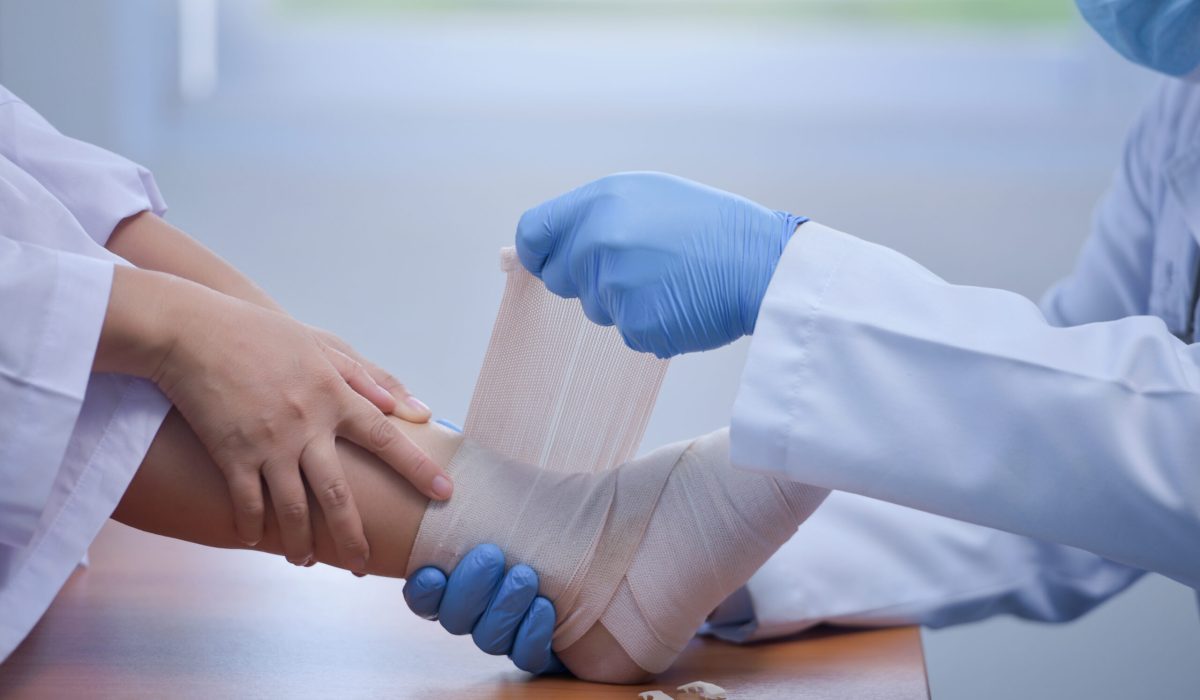What Is a Fracture?
A fracture is another word for a broken bone. Bones can break in many ways, such as a crack, split, or shatter. First aid for fractures is important because it helps prevent further injury. When you know how to treat a broken bone, you can help someone stay safe until medical help arrives. According to the World Health Organization (WHO), fractures are common injuries that need quick care.
Common Causes and Symptoms of Fractures
Fractures can happen to anyone. Often, they result from accidents or falls. Sometimes, sports injuries or car crashes cause bones to break. In older adults, bones may break more easily due to weaker bones.
Look for these common causes:
But how do you know if someone has a fracture? Watch for these symptoms:
Immediate First Aid Steps for Suspected Fractures
Quick action is key in emergency fracture care. Follow these fracture first aid steps to help someone with a suspected broken bone:
Remember, acting quickly can make a big difference. The Centers for Disease Control and Prevention (CDC) also recommends not giving the person food or drink in case surgery is needed.
What Not to Do in Case of a Fracture
Sometimes, people try to help but make mistakes. To avoid causing harm, do not:
Instead, wait for trained medical help. This keeps the person safe and reduces the risk of more damage.
When to Seek Emergency Medical Help
It is important to know when to get help. Seek emergency care if:
Even if you are unsure, it is better to be safe. Call emergency services for advice.
Prevention Tips for Fractures
While accidents can happen, you can lower your risk of fractures. Try these tips:
By taking these steps, you can help protect yourself and your loved ones.
Frequently Asked Questions (FAQs)
Can I move someone with a suspected fracture?
Only move them if they are in danger. Otherwise, keep them still and wait for help.
Should I try to straighten a broken limb?
No, do not try to straighten it. This can cause more harm.
What if the person is in a lot of pain?
Keep them calm and still. You can use a cold pack, but wait for medical help for pain relief.
How do I know if it is a fracture or a sprain?
Sometimes, it is hard to tell. If in doubt, treat it as a fracture and seek medical care.
Conclusion and Call-to-Action
First aid for fractures can help prevent more injury and ease pain. Always act quickly and carefully. If you suspect a fracture, seek immediate medical attention for proper care. Your quick response can make a big difference in recovery.
